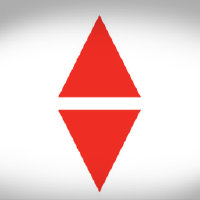
Pro Medicus Ltd
ASX:PME

Pro Medicus Ltd
Pro Medicus Ltd, an Australian company founded in 1983, has etched its name in the field of healthcare IT, primarily through its innovative medical imaging software solutions. The brainchild of Dr. Sam Hupert and Anthony Hall, the company originally sought to provide radiology practices with digital solutions for image management and viewing. Over the years, Pro Medicus has meticulously evolved its offerings to become a leader in picture archiving and communication systems (PACS), radiology information systems (RIS), and an expanding range of e-health solutions. Its flagship product, Visage 7, is renowned for delivering fast and sophisticated viewing capabilities, enabling radiologists to efficiently interpret complex imaging data. Under its hood, the company’s technology is powered by advanced streaming capabilities, allowing for large files to be quickly accessed and reviewed, essential for high-demand environments.
The monetization model of Pro Medicus largely revolves around licensing agreements for its software, alongside service and support fees, ensuring a steady and recurring revenue stream. The company has successfully leveraged its expertise to penetrate key markets, notably the United States and Europe, where it partners with some of the most prestigious hospitals and research institutions. By focusing on high-end offerings and fostering long-term client relationships, Pro Medicus has cemented a premium positioning in the healthcare IT landscape. The strategic focus on innovation, coupled with a keen understanding of the evolving needs of healthcare providers, allows Pro Medicus to continually refine its services, ensuring it remains at the forefront of technological advancements that ultimately enhance diagnostic efficiency and patient outcomes.















































 You don't have any saved screeners yet
You don't have any saved screeners yet
